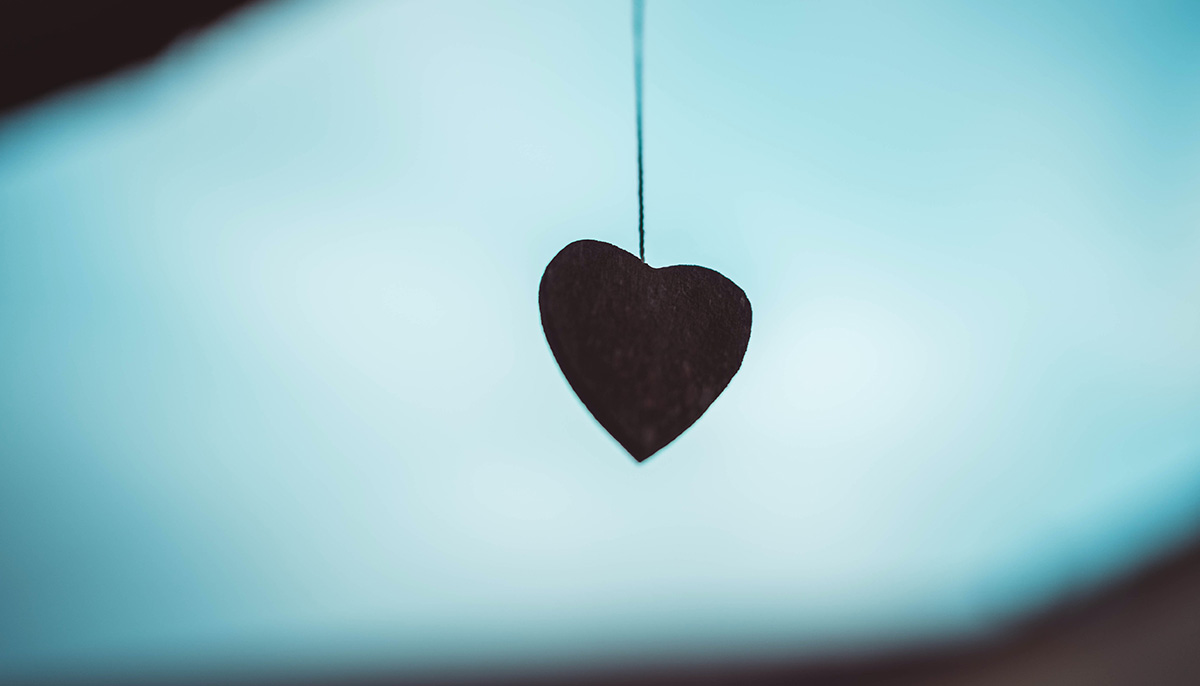Compassion and self-preservation are two critical ingredients of my spiritual practice, and ultimately the keys to my spiritual survival. On my own spiritual path, I’ve often confused compassion with aggression, intellectualizing discomfort rather than feeling hurt, and over attending to the physical and emotional needs of others. This experience of confusion is relatable for many Black, Indigenous, & People of Color (BIPOC) due to our constant need to survive and simultaneously heal the anti-Black racial and social violence that we live in — not to mention the pressures of the global pandemic and political anxiety of the 2020 presidential election. To combat this, the foundation of my activism must remain centered in my humanity and embodied experience, even when it’s uncomfortable.
This practice is not selfishness or passivity; this practice is self-preservation.
Holding discomfort in care and resisting the habit of bypassing hurt is an active form of compassion and spiritual activism. This work actively disrupts internalized patterns of aggression that begin as ignoring discomfort to remain comfortable. It includes grieving the losses and feeling the disappointments before agreeing to hold space for others. My compassion is coupled with patience, trusting that my deep intention to care and accept will eventually transform into outward action if necessary. This practice is not selfishness or passivity; this practice is self-preservation, the birth of compassion, and the death of aggression.
Recently, my fiancé experienced a deep loss in her life. Her grieving process entailed a lot of rest and keeping conversation to a minimum. The decrease in communication startled me — I really wanted her to talk through the grief. I tried to inquire into what she was feeling on the inside by asking questions, hoping that she would open up and shake off some of the heaviness that she was feeling. Repeatedly, I asked her “How are you feeling?” and “What’s on your heart today?” From my perspective at the time, this was the compassionate thing to do. I didn’t want my fiancé to have to bear her feelings alone, so I filled the silence with questions.
It wasn’t until days later that I was able to observe my actions and recognize my own fears and fragility bubbling underneath my questioning. I wasn’t privy to my fiancé’s inner process of grieving, and that made me feel uncomfortable. My survival tactic of intellectualizing the situation inadvertently blocked me from accessing empathy for my fiancé. Her clear, but unspoken need to be more introverted for a while went unnoticed.
What role could the energy of self-empathy and self-compassion have played in this situation? Self-empathy creates connection and awareness to my embodied experience, while self-compassion holds the felt intensity with the energy of love and acceptance. As I reflect on the scenario, I realize that I lacked acceptance and sensitivity towards my feelings. Turning my attention towards my fiancé with questions instead of confronting my own emotional turmoil with compassion led me to acting out of mere intellect and reason. This is aggression masquerading as compassion at its best — my “logical responses” were only a disguise for me to avoid my discomfort.
There’s a definite connection between trauma, aggression, and compassion. In my own exploration, I’m learning that trauma is not always the result of a direct experience. Sometimes, trauma responses are the result of what’s referred to as “secondary trauma,” such as witnessing others endure hardship, repeatedly seeing violent images, or hearing devastating headlines on the news. I’ve experienced this myself in the context of the media and social media platforms.
When I first witnessed the replaying of the murder of George Floyd by a white police officer, I felt my chest tighten. I wanted to cry, but I couldn’t. It was as if I was feeling so much heaviness in my heart, that I couldn’t take the risk of allowing it to break open. Despite my broken heartedness, I encouraged myself to remain connected to the continued media coverage of his murder. How could I disconnect from it and still say I was a meditation teacher and practitioner? I equated turning away from the news with turning away from what I thought my spiritual practice was supposed to have equipped me to do: hold suffering on behalf of all beings.
I felt like I should have been able to hold myself together and bear this horror. But I couldn’t.
Months later, I sat on my meditation cushion scrolling through social media only to find that another Black body, Jacob Blake, had been gunned down by seven bullets while his children witnessed the horror. This time, I didn’t watch the video right away, or read any more details beyond the headline. I said to myself, “I can’t hold anymore.” I had met my edge, my breaking point. As I allowed myself to feel my despair and rage, feelings of guilt arose with it. With all the years of awareness and compassion practice, I felt like I should have been able to hold myself together and bear this horror. But I couldn’t.
When I shared my feelings with a spiritual mentor, something shifted. The pain didn’t go away, but the guilt lessened as my understanding of compassion expanded. My mentor said, “You’re not obligated to keep up with the news, or any other media coverage, but you are responsible for caring.”
At that moment, I felt my body relax for the first time in a few days. I could clearly see how my idea of compassion was too narrow and fragile. Because of this, aggression had snuck into my broken heart as I bypassed my own pain to supposedly remain compassionate, strong and available for others. Once again, aggression was masquerading as compassion.
One key element that I embrace to confront my patterns of aggression and access authentic compassion is patience. Patience doesn’t mean waiting for, pointing to, or looking at the future as a relief from the present moment. I prefer the perspective of African American Zen Buddhist priest, author, and drum woman, Zenju Earthlyn Manuel, who writes in her book Sanctuary: A Meditation on Home, Homelessness, and Belonging: “Patience is taking the time to love what is difficult to love.”
Patience makes use of time in a way that helps me to see every experience as an opportunity to access compassion. Even aggression is no longer a hindrance to genuine compassion in the presence of patience. Instead, it becomes an essential element to our spiritual awakening.
Compassion and aggression can often appear visibly similar in action, but compassion includes positioning my own needs as the primary and preliminary object of my care over any form of service to others. It is only when I can observe and engage with my own discomfort that I can adequately offer genuine compassion to others. For some, this idea of centering my own needs can fall into the realm of selfishness or complacency. Nonetheless, I see centering my own needs as a critical link to my spiritual survival, my ability to remain well, and my path to bringing all systems of aggression — both internal and external — to an end.

